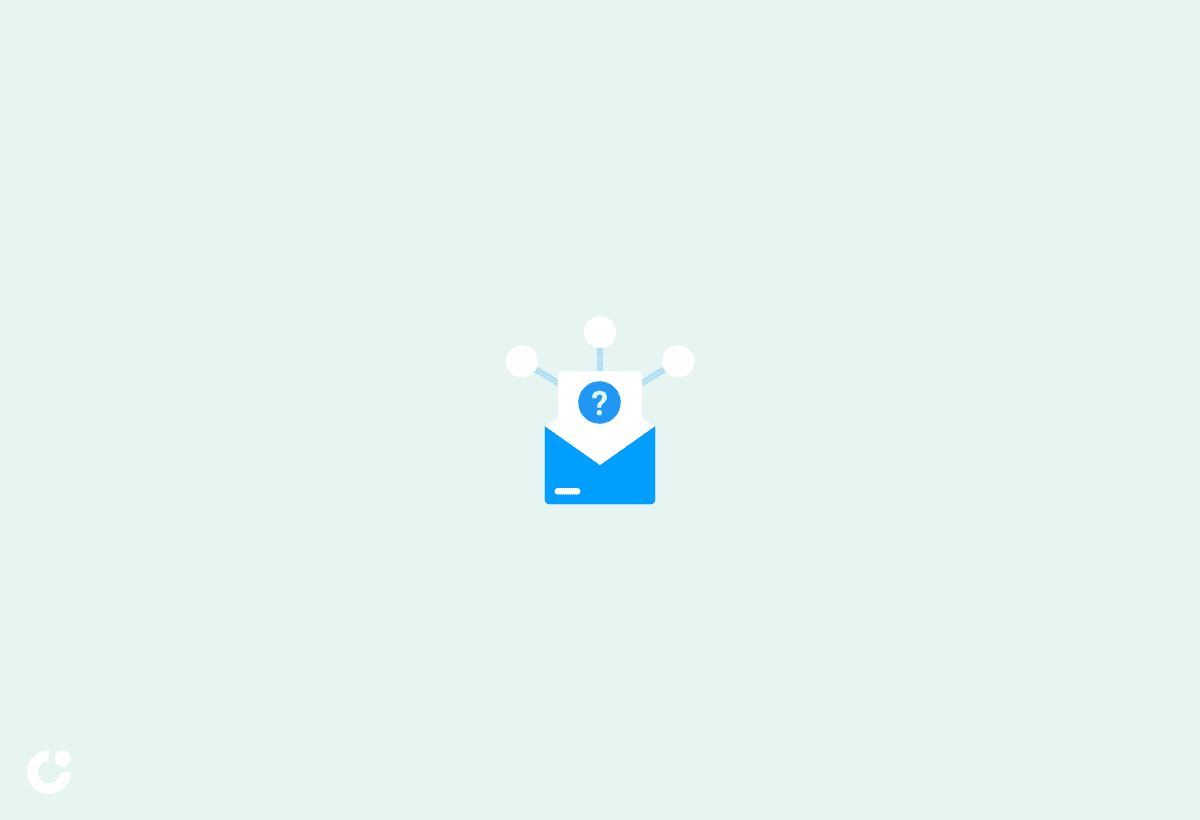In today's interconnected world, knowing how to effectively ask for help via email is a valuable skill. From crafting the perfect email to structuring your request in a clear and concise manner, there are several key components to consider.
This article will guide you through the process of deciding whether email is the appropriate communication method, crafting the email itself, providing examples of successful request emails, and offering a helpful email template for seeking assistance.
Let's dive in and master the art of asking for help with tact in the digital age.
Key Takeaways:
Keep the email concise and avoid unnecessary details to make the request clear.
Use a polite and professional tone in the email, starting with a friendly greeting and ending with a clear call to action.
Consider the appropriateness of using email as a communication method and utilize a proper format when asking for help.
Introduction

The importance of asking for help via email cannot be understated, especially in today's fast-paced and interconnected world. Whether it's seeking assistance during the COVID-19 pandemic or requesting guidance on a project, email remains a crucial tool for effective communication.
Email communication allows individuals to convey their needs and questions clearly and succinctly, enabling recipients to respond promptly and accurately. For instance, a well-crafted email requesting feedback on a proposal can initiate a constructive dialogue and lead to valuable insights. Successful email requests often demonstrate a balance of professionalism and warmth, creating a positive impression on the recipient.
Utilizing AI writing assistants like Grammarly and Flowrite can further enhance email effectiveness by offering real-time suggestions for improving clarity, grammar, and tone. These tools can help polish emails, ensuring they are well-received and understood by the intended audience.
Why is asking for help via email important?
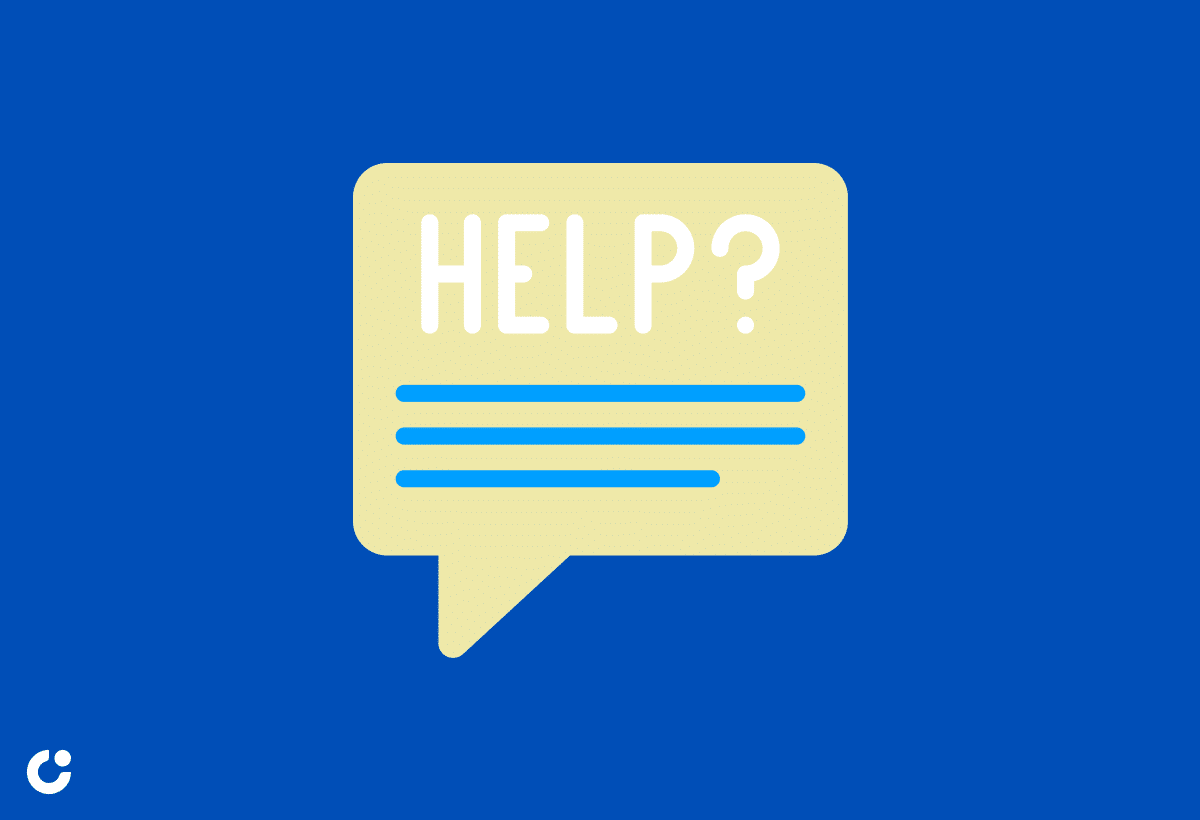
Asking for help via email is crucial in professional settings as it allows individuals to clearly articulate their requests, provide necessary information, and maintain a polite and professional tone throughout the communication.
Using email to request assistance offers numerous advantages. It provides a documented trail of the communication exchange, allowing both parties to refer back when needed. Email allows for a thoughtful and precise explanation of the issue or request, reducing the chances of misinterpretation. It also enables the sender to convey a respectful and cordial tone by structuring the email appropriately and using polite language.
A helpful tip is to employ diplomatic language, expressing gratitude for the recipient’s time and assistance while clearly stating the problem or need. Addressing the reader's demands explicitly and directly can enhance the likelihood of a prompt and satisfactory response. Leveraging tools like tone detectors can help in gauging the emotive quality of the message, ensuring that the recipient perceives it in the intended manner.
Deciding to Ask for Help via Email
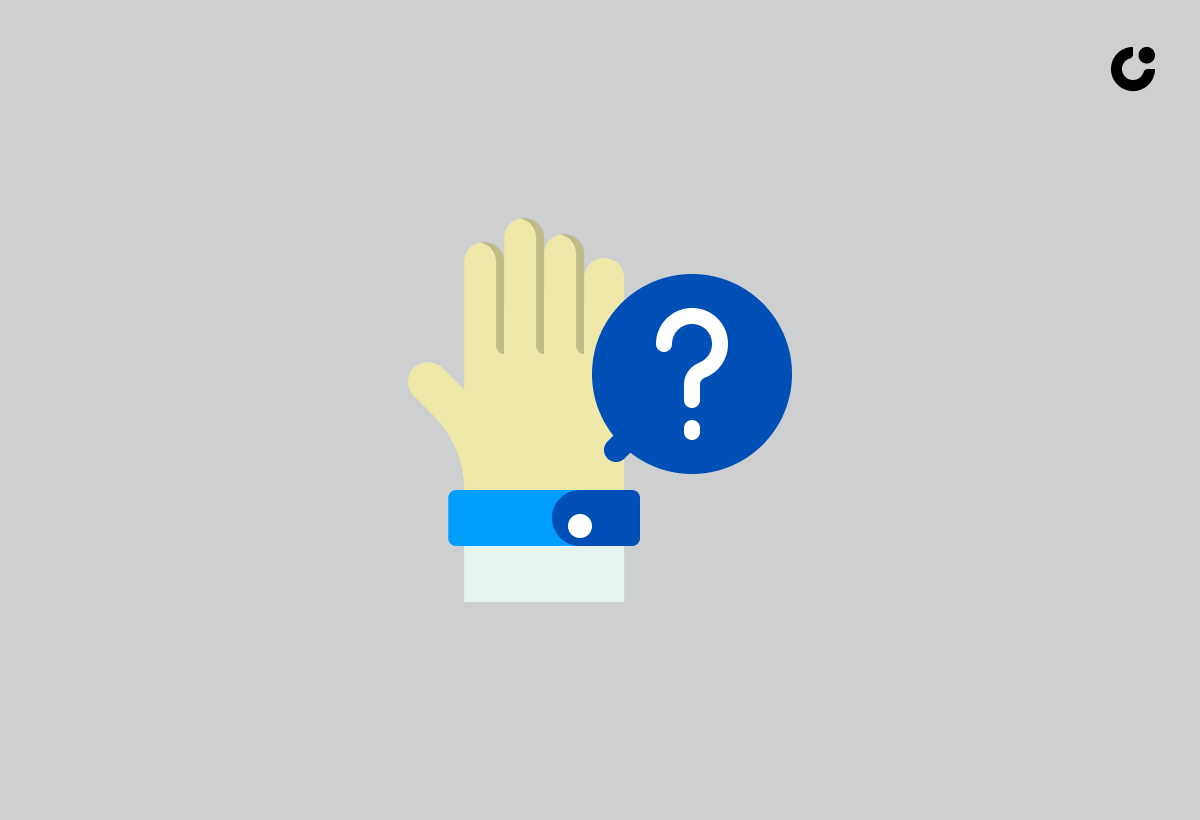
When considering whether to ask for help via email, it's essential to evaluate the urgency of the message, the level of formality required, and the effectiveness of written communication in conveying your request.
Urgency plays a crucial role in determining whether email is the appropriate medium. For time-sensitive matters, a quick response is often crucial, making email less suitable than a phone call or instant messaging. On the other hand, if the query allows a longer response time, email can be a practical choice.
In terms of formality, consider the relationship with the recipient. If it's a professional setting, a more formal tone might be appropriate, while a casual tone could be suitable for more familiar contacts.
Consider if email is the appropriate communication method

Before drafting an email asking for help, it's essential to assess whether email is the most suitable mode of communication for the nature of your request. Consider the specificity required in your message and utilize tools like Grammarly for accuracy.
When determining whether email is the appropriate channel for your inquiry, think about the complexity of the assistance needed. For straightforward queries or requests that involve sharing detailed information, email works well.
For instance, if you require technical support and need to attach screenshots or provide step-by-step instructions, sending an email allows you to organize your thoughts effectively.
Email provides a written record of your communication, making it ideal for formal requests or when you need to refer back to the information exchanged at a later stage. This documentation helps both you and the recipient maintain clarity and accountability.
Crafting the Email

Crafting an effective email for requesting help involves attention to detail in elements such as the subject line, greeting, introduction, main message, and a clear call to action to guide the recipient's response.
Begin your email with a concise and compelling subject line that summarizes the purpose of your message. A well-thought-out greeting sets a professional tone and personalizes the communication. In the introduction, briefly explain who you are and why you are reaching out.
The main message should be clear, concise, and focused. Utilize Grammarly or similar tools to refine your language, ensuring clarity and correctness.
Conclude with a definitive call to action, specifying what you need from the recipient and any deadlines or additional information required.
Utilizing the subject line effectively
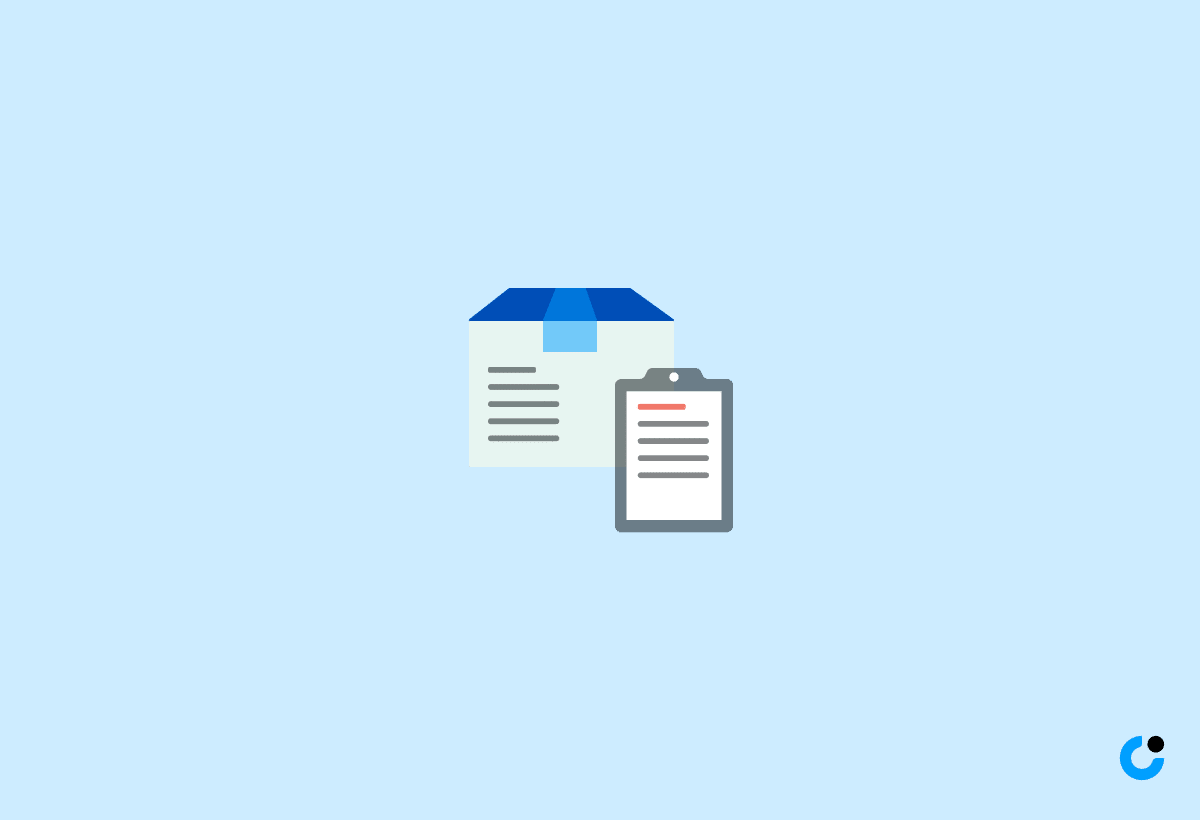
The subject line of your email plays a crucial role in grabbing the recipient's attention and conveying the urgency or importance of your request for help. A well-crafted subject line sets the tone for the rest of the email.
To create impactful subject lines, it's essential to be clear and concise. Avoid being vague or misleading in your subject line, as this can lead to confusion and decrease the chances of your email being opened.
Personalization can significantly boost engagement. Including the recipient's name or referencing a recent interaction can make your email stand out in a crowded inbox.
Utilize action-oriented words to prompt the recipient to take immediate action. For instance, starting your subject line with 'Urgent:' or 'Action Required:' conveys a sense of importance.
Starting with a polite greeting

The initial greeting sets the tone for your email requesting help and establishes a respectful and professional rapport with the recipient. A polite and appropriate salutation enhances the overall communication.
Starting an email with a suitable greeting shows that you value the recipient's time and are approaching them with courtesy. For example, in a formal context, using 'Dear [Recipient's Name]' or 'Hello [Recipient's Name],' followed by a title if applicable, can create a positive impression. On the other hand, in a more casual setting, 'Hi [Recipient's Name]' or 'Good morning/afternoon [Recipient's Name],' can help in building a friendly connection. Tailoring your greeting to match the tone of your email and the relationship with the recipient is a subtle yet impactful way to establish a good foundation for effective communication.
Introducing yourself if necessary
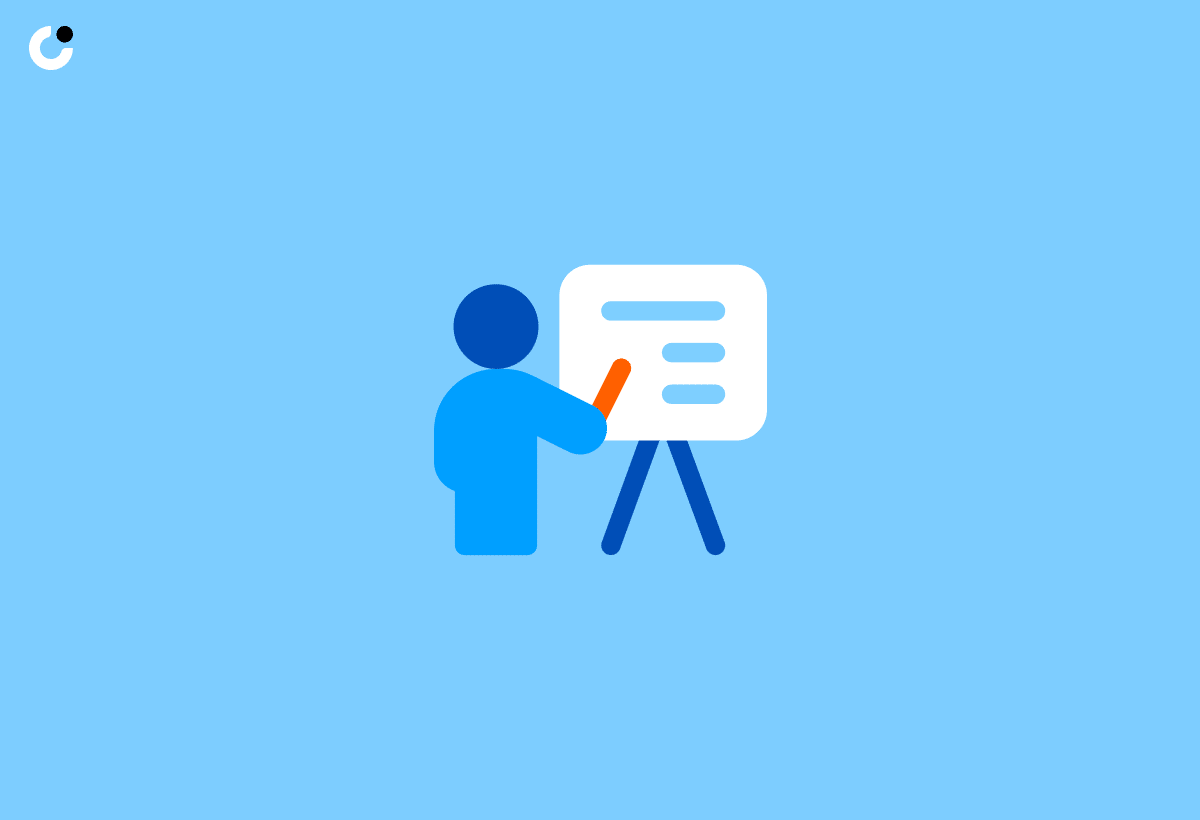
In cases where introducing yourself is relevant to the request for help, provide a concise and professional self-introduction to establish credibility and context for the recipient.
When crafting your self-introduction in an email seeking assistance, remember to keep it brief and relevant. Start by stating your name, any relevant affiliations, and a brief statement regarding the purpose of your email. Avoid including unnecessary personal details or lengthy anecdotes that could detract from the main point. Make sure to emphasize your expertise or experience that directly relates to the request for help, showcasing why your input or assistance is valuable. By keeping your introduction concise and focused, you not only save the recipient's time but also present yourself as a professional who respects their attention.
Clearly stating your request
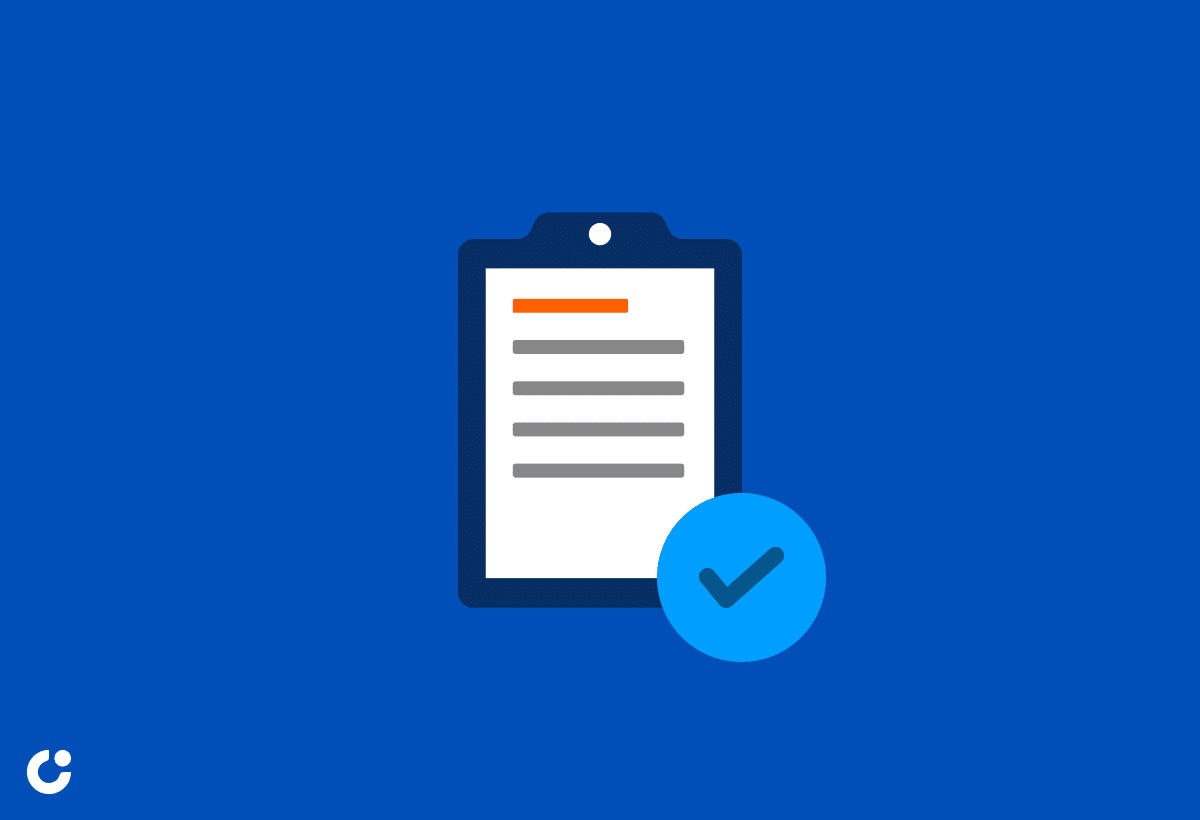
The core of your email asking for help lies in clearly articulating your request in a concise and specific manner. Avoid ambiguity and provide all necessary details to facilitate a prompt and accurate response.
When crafting your email, Grammarly can be a valuable tool to ensure your language is precise and polished. For instance, if you are seeking technical assistance, mention your device model, operating system, and any error messages received. Grammarly can help identify any inconsistencies or errors, leading to a clearer communication. An effective request could be, 'I am using a MacBook Pro with OS X 10.15. When I attempt to open the application, I receive error code XYZ. Could you please provide guidance on resolving this issue?' This structured approach increases the likelihood of receiving a helpful and relevant response.
Avoiding overly lengthy emails
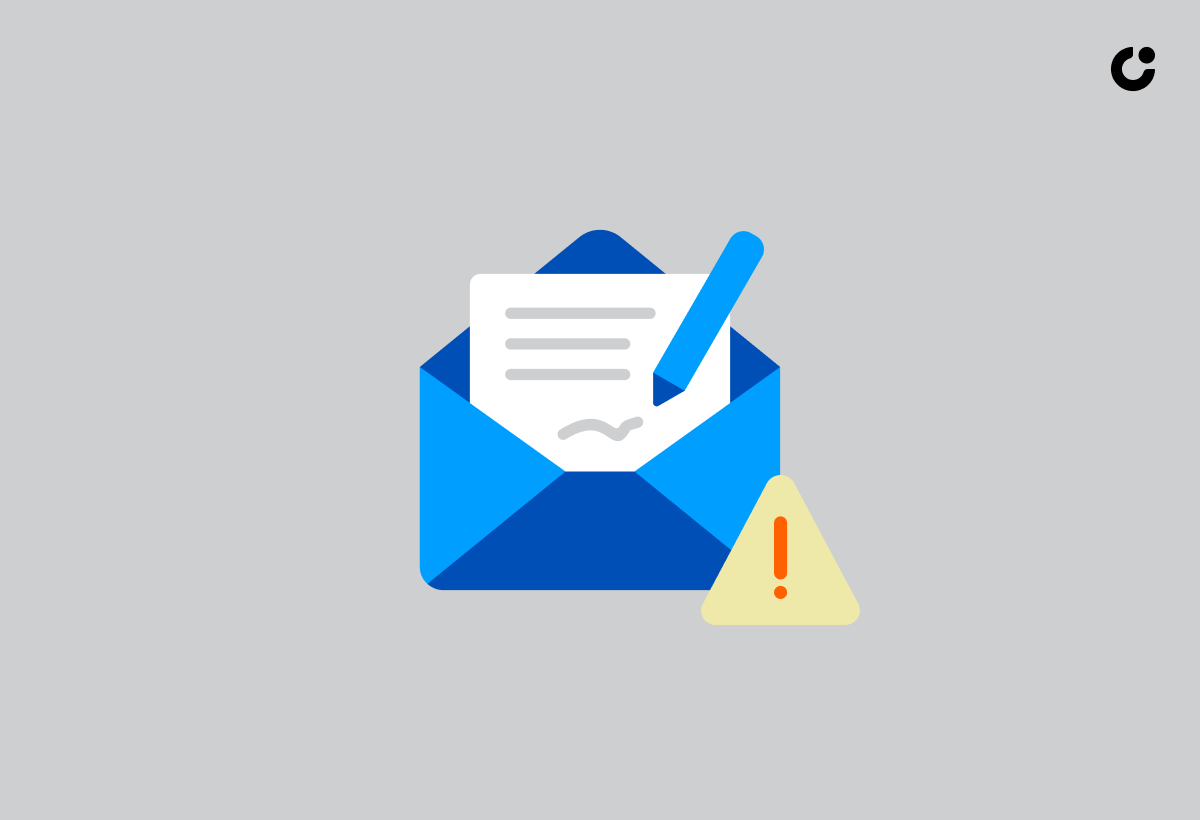
While it's essential to provide adequate information in your email requesting help, it's equally crucial to avoid excessive length and maintain a concise and focused message to keep the reader engaged and responsive.
One effective way to achieve this is by breaking your email into short, digestible paragraphs. Each paragraph should focus on a specific point or question to enhance clarity and readability. Utilize bullet points or numbered lists to organize information logically, making it easier for the recipient to follow. Be clear and specific in your request, outlining what you need assistance with and any relevant context. Remember, brevity not only demonstrates respect for the reader's time but also increases the chances of receiving a prompt and helpful response.
Closing professionally with a clear call to action
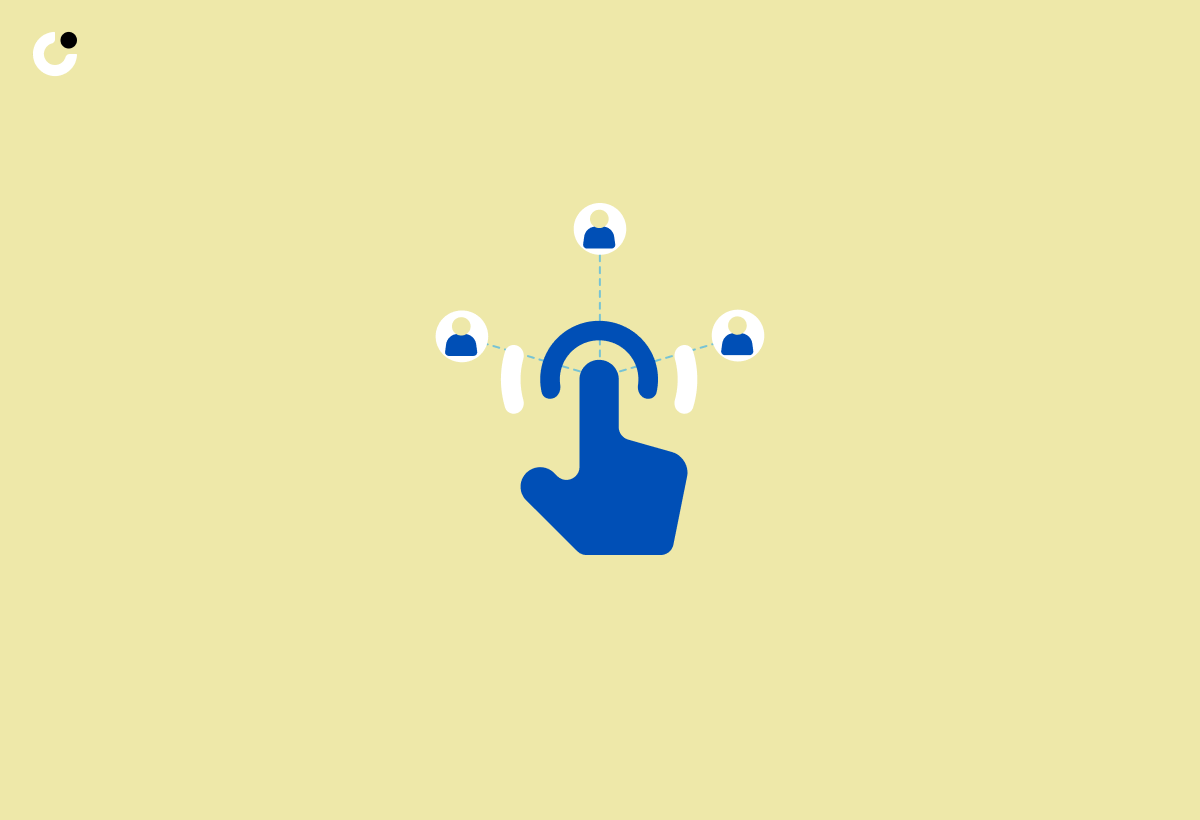
Concluding your email requesting help with a professional closing and a clear call to action ensures that the recipient understands the next steps and responds promptly and appropriately to your request.
When crafting your closing, consider using phrases like 'I appreciate your timely assistance in this matter' or 'Thank you in advance for your attention to this issue' to convey gratitude and professionalism. It's also crucial to provide specific instructions on what you expect the recipient to do next, whether it's setting up a meeting, providing feedback, or sending requested documents. Remember, a well-structured closing not only helps in clarifying your expectations but also leaves a positive impression on the recipient, increasing the likelihood of a favorable response.
Examples of Request Emails
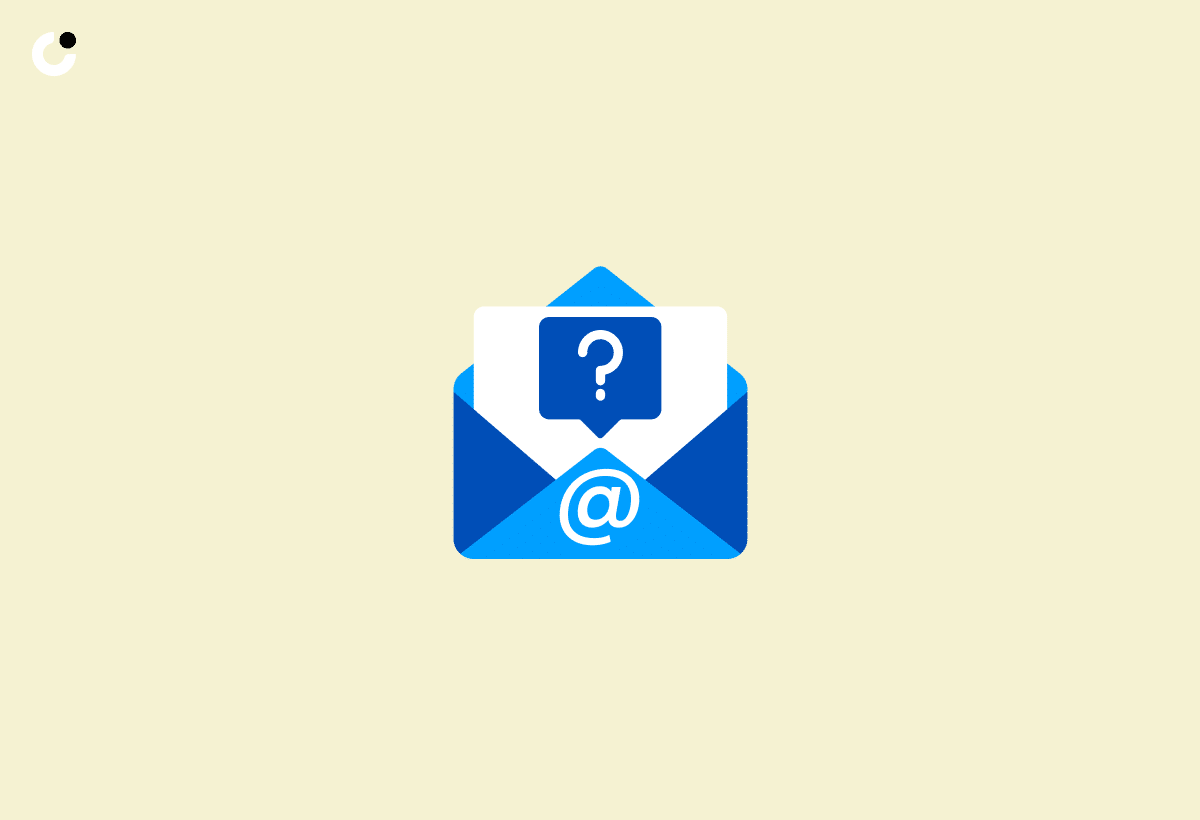
Examining sample request emails can offer valuable insights into structuring effective and polite messages that clearly convey the sender's needs and expectations for assistance.
These samples can serve as templates for various situations - such as asking for a deadline extension, seeking information or clarification, or requesting a meeting. By studying these examples, one can learn how to strike the right balance between formality and friendliness, as well as how to approach diverse recipients, including supervisors, colleagues, or clients. Understanding the nuances of language and tone in these emails is crucial to maximizing the likelihood of a positive response and achieving the desired outcome. Crafting concise yet comprehensive subject lines and utilizing courteous greetings and closings are key components of effective request emails.
Sample request email to a colleague

When reaching out to a colleague for assistance, a well-crafted sample request email can foster effective collaboration by outlining the request clearly and professionally while maintaining a considerate tone.
Begin your email with a polite greeting, addressing the recipient by their appropriate title followed by their name, acknowledging their expertise or responsibilities in a respectful manner. Express appreciation for their time and consideration of your request.
In the body of your email, clearly articulate the purpose of your request, providing specific details such as deadlines, context, and any relevant background information. Be concise yet descriptive to ensure the recipient fully understands the task at hand.
Conclude your email with a compelling call to action, outlining the next steps or any specific assistance you require. Express gratitude once again for their willingness to help and sign off with a professional closing.
Sample request email to an unfamiliar contact

When contacting an unfamiliar individual for assistance, using a sample request email as a guideline can aid in establishing a positive first impression and effectively communicating your needs with clarity and professionalism.
Begin your email by addressing the recipient politely, acknowledging their expertise or position that makes them a valuable contact for your inquiry.
\
Introduce yourself briefly, encompassing your name, profession, and a concise background to provide context for your request. It's essential to make your purpose clear from the outset, ensuring the recipient understands the reason behind your email.
\
Clearly express what assistance or information you are seeking, outlining the specifics of your query in a structured and organized manner to facilitate a prompt and accurate response.
Structuring an Email Asking for Help
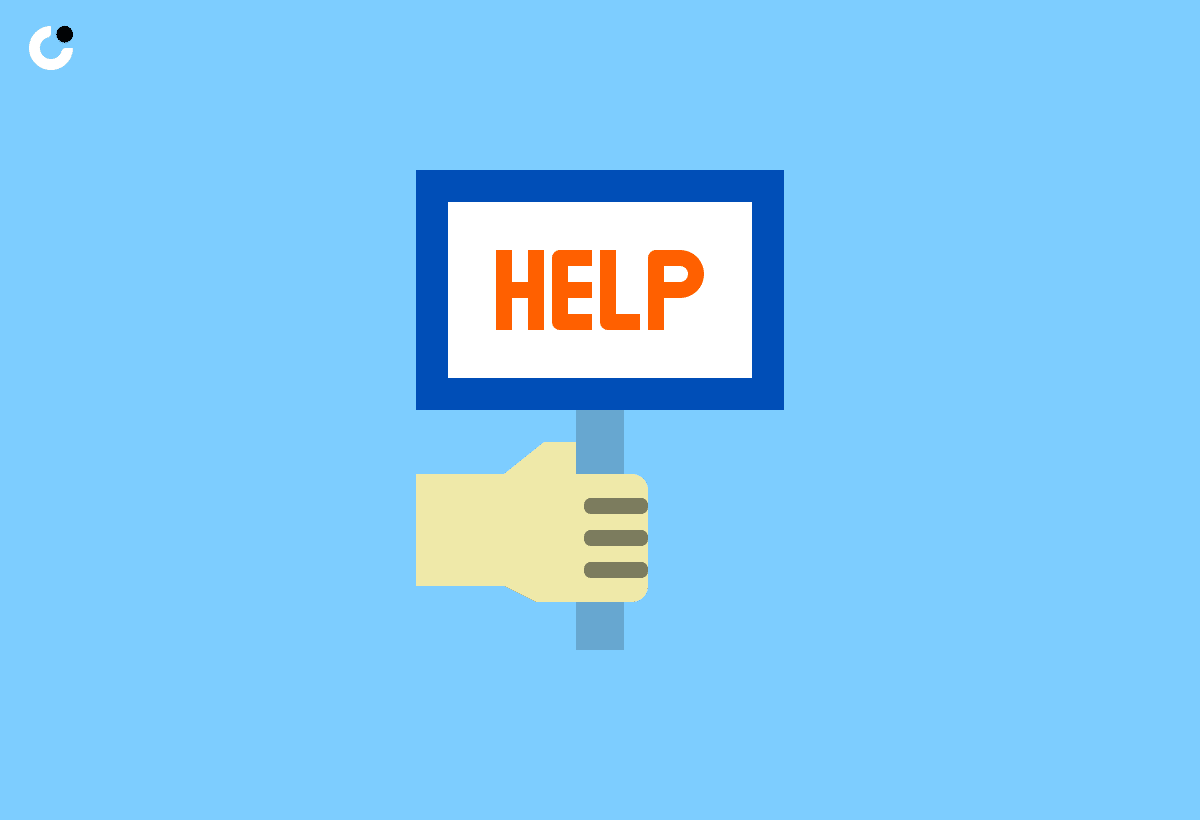
Properly structuring an email when seeking assistance is essential for maintaining clarity, coherence, and reader engagement. A well-organized email can significantly increase the chances of obtaining the help you require.
One crucial component of structuring emails effectively is to start with a clear and concise subject line that summarizes the purpose of your email. This helps the recipient understand the context at a glance.
Follow this with a brief introduction that outlines the reason for reaching out. Providing necessary background information in a logical order can make your request more comprehensible.
Utilizing tools like Grammarly can be immensely beneficial in refining the structure of your email. Grammarly helps in detecting and correcting grammatical errors, enhancing readability, and ensuring the overall coherence of your message.
Following a proper format for asking for help via email

Adhering to a predefined format when requesting help via email can streamline the communication process, enhance clarity, and ensure that your message is well-received and understood by the recipient.
For instance, starting your email with a clear subject line outlining the main issue or request can grab the recipient's attention at first glance. Following this, a polite salutation like 'Dear [Recipient's Name]' sets a professional tone. The body of your email should be structured logically, starting with a brief introduction, followed by a detailed description of the problem or request, and concluding with a call to action or a specific query.
Ensuring that the tone of your email is courteous and respectful is crucial. Using Grammarly can help in checking the format, grammar, and tone of your message to maintain professionalism. Before hitting send, take a moment to proofread your email to guarantee coherence and correctness, demonstrating your respect for the recipient's time and attention.
Demonstrative Email Requests

Examining demonstrative email requests that have yielded successful outcomes can offer valuable insights into effective communication strategies, language use, and call-to-action approaches for seeking assistance.
For instance, a carefully crafted email that clearly articulates the problem, provides relevant background information, and expresses gratitude in advance can significantly increase the chances of receiving the desired help. A polite tone, concise formatting, and a specific benefit-oriented request can grab the recipient's attention and prompt a quicker response. Utilizing tools like Grammarly can aid in ensuring that the message is error-free, enhancing the overall professionalism and credibility of the email.
Instances of successful email requests

Exploring instances of successful email requests for assistance can provide valuable insights into effective communication strategies, including the use of specific language, professional tone, and compelling calls to action.
In successful email requests, clarity is key. Clearly articulating the purpose of the request and the desired outcome helps the recipient understand exactly what is being asked of them. For example, instead of a vague request like 'Can you help me with this project?' a successful email would state 'I need your expertise in marketing to review and provide feedback on the new campaign proposal.' This level of specificity leaves no room for ambiguity, making it easier for the recipient to respond effectively.
Professionalism in email requests is crucial. This includes addressing the recipient appropriately, using formal language, and maintaining a respectful tone throughout the message. A well-structured email with proper grammar and spelling demonstrates professionalism and increases the likelihood of a positive response. For instance, starting an email with 'Dear Mr. Smith' rather than a casual 'Hey' establishes a level of respect and sets the tone for a professional interaction.
Compelling calls to action also play a significant role in the success of email requests. By clearly outlining what action is needed from the recipient and emphasizing the benefits or impact of fulfilling the request, the sender can create a sense of urgency and importance. For example, concluding an email with 'Your feedback by Friday will help us meet our project deadline and deliver exceptional results' motivates the recipient to prioritize the request and respond promptly.
Email Template for Seeking Assistance

A well-crafted email template for seeking assistance can serve as a valuable resource for individuals needing to structure their requests effectively, ensuring clarity, professionalism, and a concise message delivery.
When constructing such a template, it is crucial to pay attention to the subject line to capture the recipient's attention promptly. An engaging yet informative subject line can increase the likelihood of your email being opened and read promptly.
Begin the email with a warm and personalized greeting to establish a positive tone. The body of the email should contain a clear and specific request statement, outlining the help you require without ambiguity.
Close the email with a polite closing remark, thanking the recipient for their time and assistance. Remember, customizing the template to suit the recipient and utilizing precise language is key to garnering a favorable response.
Concluding Thoughts

Mastering the art of soliciting help effectively via email requires a blend of clear communication, professional language use, and structured content that resonates with recipients and facilitates swift responses to requests.
An important aspect to consider when crafting such emails is acknowledging the recipient's time and the value they bring to the interaction. By maintaining a respectful tone throughout the email, conveying a sense of gratitude, and articulating the request concisely, the chances of receiving a favorable response increase significantly.
Further Reading
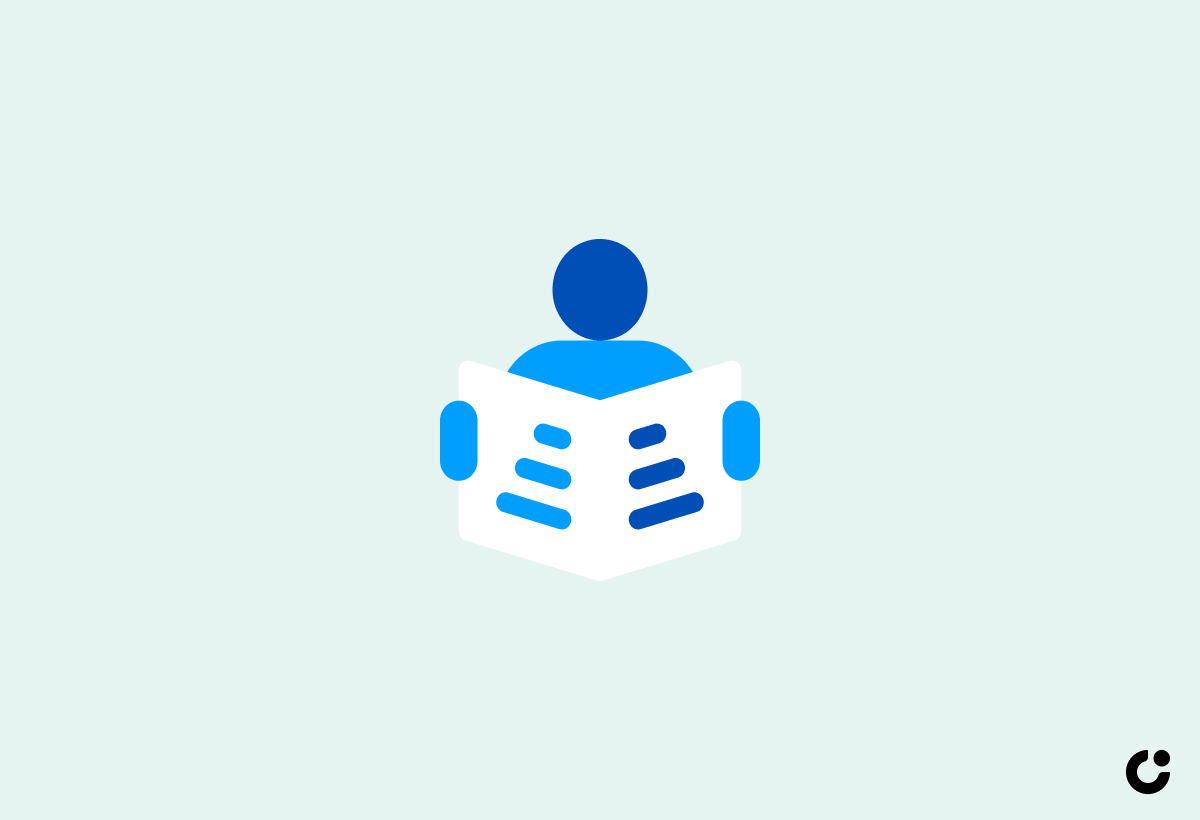
For additional insights on crafting compelling email requests for help, exploring further reading materials that delve into sample emails, template designs, and practical examples can enhance your communication skills and boost your success rates in seeking assistance.
One valuable resource for refining your email request strategies is 'The Perfect Email: A Guide to Crafting Compelling Emails That Get Results' by John Smith.
This book offers step-by-step guidance on structuring effective emails, providing templates for various scenarios and highlighting real-world examples of successful communication.
In addition, online platforms like 'Email Request Template Generator' offer customizable templates for different purposes, allowing you to adapt them to suit your specific needs. For more information on how to ask for help in an email with tact, check out Enlisting Assistance: How to Ask for Help in an Email with Tact.
Frequently Asked Questions
1. How do I politely ask for help via email?
When enlisting assistance through email, it's important to use tactful language. Begin by expressing your gratitude and explaining why you are reaching out for help. Be sure to clearly state what you need help with and provide any necessary details or materials. Close the email with a sincere thank you and offer to reciprocate the help in the future.
2. Is it appropriate to ask for help in a work email?
Yes, it is completely acceptable to ask for assistance in a work email. However, it's important to maintain a professional tone and avoid sounding demanding or entitled. Remember to be respectful of the recipient's time and offer to provide further clarification if needed.
3. How can I ensure my tone is polite when asking for help via email?
To maintain a polite tone in your email, avoid using demanding or forceful language. Instead, use phrases such as "I would appreciate your help with..." or "If you have a moment, could you please assist me with...". Showing appreciation and acknowledging the recipient's expertise can also help convey your request in a polite manner.
4. What should I do if I am asking for help from someone I don't know well?
If you are reaching out to someone you don't know well for assistance, it's important to first introduce yourself and explain the context of your request. This will help establish a connection and make the person more willing to help you. Additionally, make sure to express your gratitude for their time and offer to return the favor in the future.
5. Is it appropriate to ask for help in a group email?
If you need help from multiple people, it may be more efficient to send a group email. However, it's important to be mindful of others' time and not spam the entire group. Consider reaching out to specific individuals who you think can best assist you, and avoid copying people who may not be relevant to your request.
6. How can I make my email stand out when asking for help?
One way to make your email stand out is by personalizing it. Instead of sending a generic email, take the time to address the recipient by name and briefly explain why you chose to reach out to them specifically. This shows that you value their expertise and are not simply sending a mass request for help.

